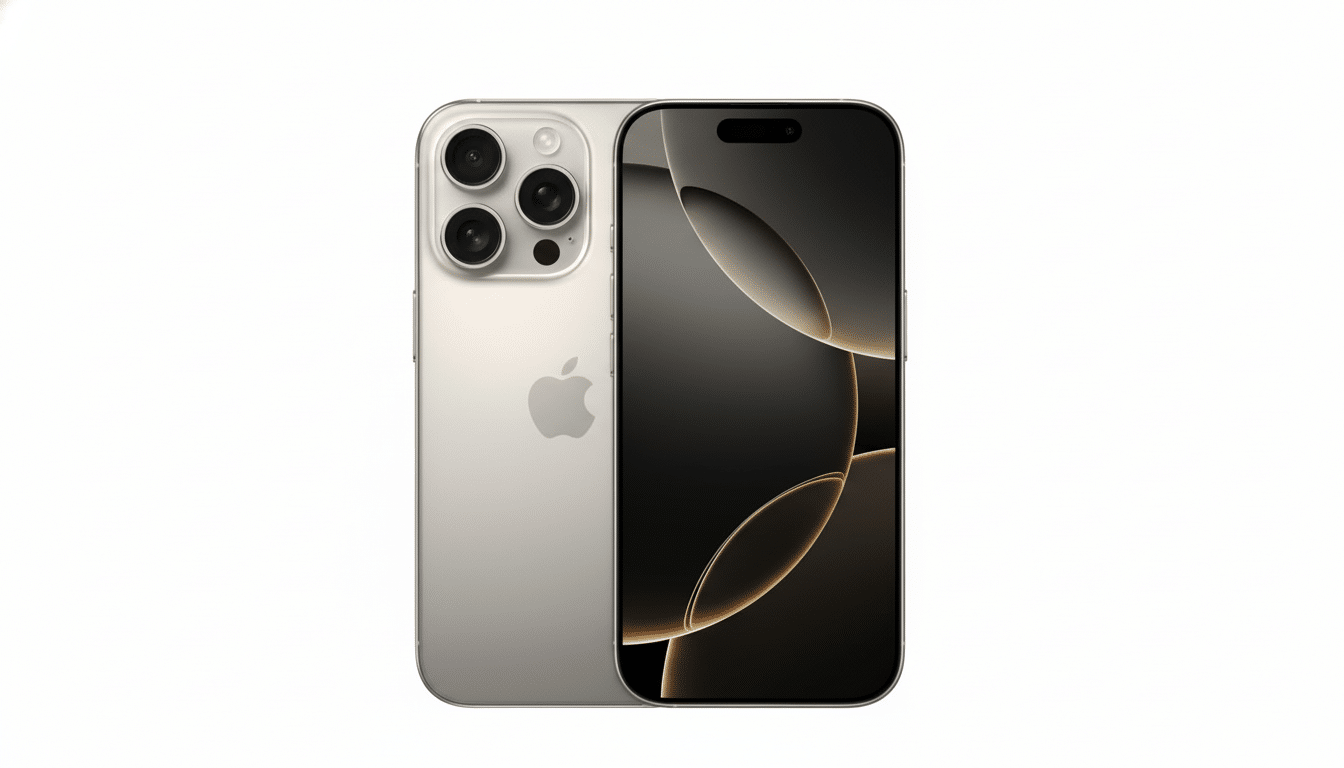AT&T has lost its appeal before the National Advertising Review Board over ads guaranteeing “everyone gets iPhone 16 Pro on us,” a claim that regulators said did not clearly explain that only select customers with specific plans were eligible.
The decision affirms a previous ruling by the National Advertising Division from a challenge prompted by Verizon. AT&T has agreed to comply, in another high-profile reminder that “free” phone offers are seldom universal.

Why “Everyone” Was a Problem in AT&T iPhone Ads
Central to the case was a little word with very big implications: “everyone.” The panels determined that many consumers would be justified in taking away that “any new or current customer could receive a free iPhone 16 Pro from AT&T” was the message conveyed. In fact, eligibility relied on having certain premium plans and, usually, agreeing to accept device financing with monthly bill credits over a multiyear period. Value-plan subscribers were not included in the ads, a fact that was not clearly and conspicuously disclosed in the advertisements, according to the watchdogs.
According to industry self-regulatory standards managed by BBB National Programs, advertisers should disclose material restrictions in a manner consumers see and understand prior to their decision. The board suggested that AT&T make clear whether its claims apply to “everyone.” First, it recommended that AT&T avoid communicating an unqualified claim for eligibility and, second, if the offer is indeed limited, AT&T should clearly indicate where the limit lies. It’s a frequent point of contention when wireless companies advertise, which is that you might get big headline claims mixed with fine-print asterisks.
How the advertising review and appeal process works
The National Advertising Division reviews cases alleging truth-in-advertising disputes, frequently brought by one competitor against another. If a company challenges an NAD decision, that case can be appealed to the National Advertising Review Board, a peer board of advertising-industry experts from law, academia, and industry. In this case, the NARB upheld the finding and direction of the NAD. Though the process is voluntary, it makes sense for most big brands to participate and abide by its rulings, which are signals that a campaign might want to be adjusted before coming under regulatory scrutiny or, worse, legal challenge.
This case also comes after another NAD ruling that instructed AT&T to pull commercials criticizing T-Mobile based on NAD rulings, using the ad industry system against a competitor and not allowing an “accurate reflection” of decisions if they can be used for competitive purposes.

The rapid-fire nature of the announcements serves as a reminder that carriers keep tabs on one another’s claims in a crowded market where a flashy offer can shift share.
What the ruling means for current and future wireless customers
“Free” iPhone offers at any carrier are almost always contingent on a trade-in of an eligible phone, 24–36 months of bill credits associated with an installment plan, and enrollment in a higher-tier unlimited plan. Miss a payment, change carriers, or reduce to a lower plan and you can lose whatever remaining credits are left — in other words, be on the hook for the unpaid balance of the device. Consumers on so-called entry-level or value plans are often left in the cold, which is why regulators want boldfaced disclosures upfront rather than fine-print footnotes.
Perhaps the most significant rule in the Federal Trade Commission’s guidance on use of the word “free” is that your terms and conditions cannot disclose a material catch only by being buried or minimized. The agency has acted in the past when telecom ads have oversold headline claims; in one prominent case, AT&T agreed to pay $60 million to resolve a Federal Trade Commission lawsuit over throttling of an “unlimited” data plan, showing how sloppy marketing can result in costly corrections.
The larger context for carrier advertising claims and risks
Carriers spend billions of dollars a year chasing switchers, and the biggest hooks for enticing people to jump from rival services are new iPhones and premium 5G plans. That competition leads to aggressive copywriting — there’s a lot of extra risk if you say things like “everyone,” “free,” and “unlimited” without quite sharp terms behind them. The goal of advertising self-regulation is to keep those claims honest without waiting for government enforcement. For brands, swift compliance limits the length and cost of a fight in the courts and safeguards credibility; for consumers, it reduces the unpleasantness of reality when they try to redeem a headline offer.
AT&T’s capitulation means its creatives will need to recalibrate future promos. Count on more precise language regarding who qualifies, what trade-ins count, how credits are applied, and which plans unlock the deepest subsidies. That might not make the ads quite as splashy — but it should make them a lot more accurate.

